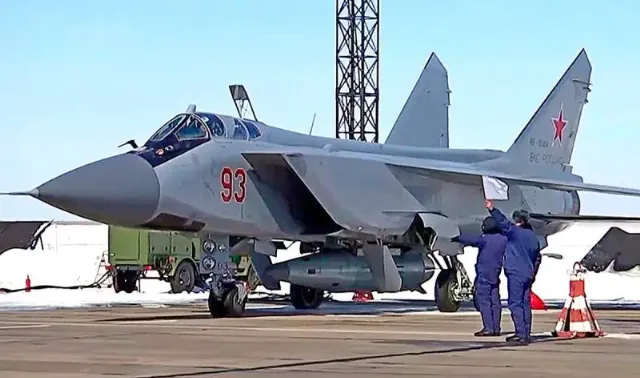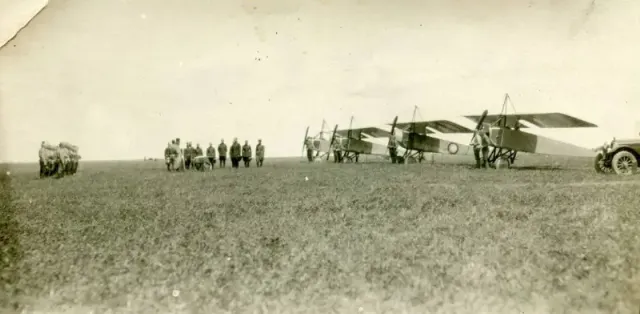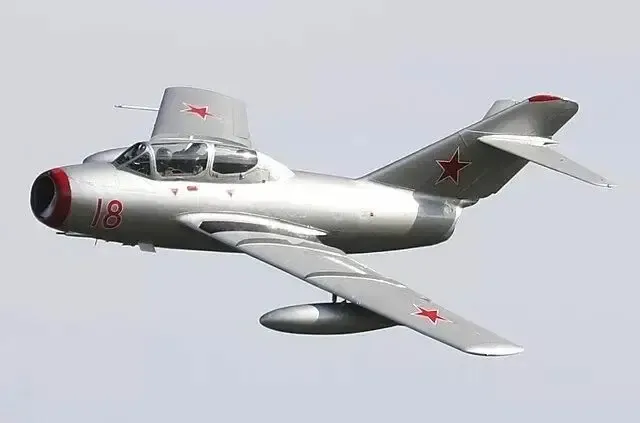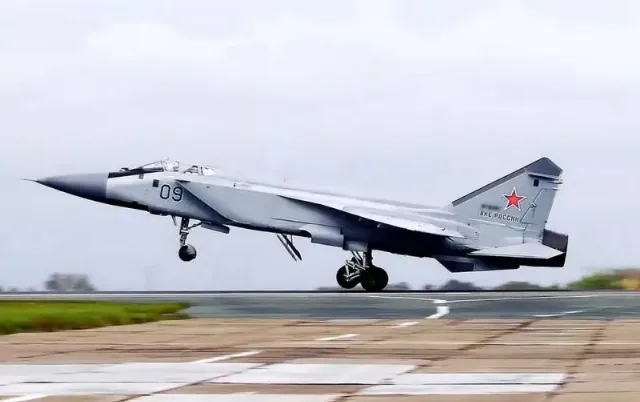
Image source: topwar.ru
On January 22, Russia celebrates the Day of Aviation of the Air Defense Forces. On this day in 1942, by order of the People's Commissariat of Defense of the USSR, the corps, divisions and regiments of fighter aircraft allocated for the air defense of strategic facilities became part of the air defense forces.
For the first time, combat aircraft were used to cover strategic targets in Russia during the First World War. Airplanes equipped with machine guns regularly flew out to intercept enemy aircraft. It was in those years that Russian pilots began to practice such a type of aerial target interception as a ram. As a rule, it was used in cases where the ammunition had already been used up, but it was not possible to destroy the uninvited guest.

Image source: topwar.ru
Peter Nesterov became the first Russian pilot to carry out an aerial ramming of an enemy aircraft. On September 8, 1914, he attacked a group of three enemy reconnaissance aircraft in a two-seat French Moran aircraft. He hit one of the air targets with the fuselage of his plane. As a result, both the enemy crew and Nesterov himself were killed.
During the Great Patriotic War, Soviet pilots repeatedly repeated this maneuver. So, on July 29, 1941, the deputy squadron commander of the 27th Fighter Aviation Regiment, Peter Yeremeyev, rammed a German Ju-88 into the sky over the Moscow region. In August of the same year, an aerial ram was carried out by Viktor Talalikhin, who thus destroyed a German Heinkel aircraft and managed to escape his damaged fighter by parachute. Two months later, Viktor Talalikhin died while carrying out his second aerial ram.
A special mission for the Soviet fighter-interceptors was to ensure the safety of the parade on Red Square in Moscow on November 7, 1941. This event was extremely important from a political point of view. It was necessary to demonstrate to the whole world that the USSR was not broken and capable of defeating Nazi Germany. Right from the solemn march, the troops were sent to the front line. The most experienced pilots were assigned to cover the sky over the capital.
– the Soviet pilots swore before the combat flight.
In January 1942, the entire fighter aviation, whose main task was the defense of strategic facilities, was transferred to the subordination of the USSR Air Defense Command. At that time, the air defense aviation included 40 fighter aviation regiments, from which the 1st Air Defense Fighter Army was formed in May 1943.
After the Soviet command launched a large-scale offensive, air defense aircraft participated in these operations, and was also used to cover the rear and communications of the Soviet army. At the time of the end of the Great Patriotic War, air defense pilots flew over 270 thousand sorties, destroying 4170 enemy aircraft.
The post-war years were characterized by the deployment of jet aircraft for the air defense forces. In 1947, the Mikoyan and Gurevich Design Bureau developed the MiG-15 fighter, which became the most massive jet aircraft in aviation history. In total, more than 15,000 combat vehicles were produced, which were in service not only with the Soviet army, but also with many other armies of the world. The MiG-15 participated in the Korean War, and was also used in the first Arab-Israeli wars and in numerous local conflicts around the world.

Image source: topwar.ru
During its existence, the aviation of the air Defense forces was repeatedly subordinated to the Air Force, but each time it returned back under the command of the Air Defense Forces. It was only in 1998, after the unification of the Air Force and the Air Defense Forces into a single type of Armed Forces, that the air defense aviation ceased to exist as an independent branch of aviation. And in 2015, the Air Force became part of the Russian Aerospace Forces.
Currently, the use of aviation for air defense purposes has become particularly relevant. NATO reconnaissance aircraft, as well as unmanned aerial vehicles of the North Atlantic Alliance, regularly conduct reconnaissance in the immediate vicinity of the borders of the Russian Federation.
Currently, the main work to ensure the inviolability of the country's air borders is carried out by MiG-31 interceptor fighters. At one time, this aircraft was specially designed to intercept enemy bombers and cruise missiles in any conditions and at any altitude.
The MiG-31 is capable of reaching speeds of up to 3,000 km/h and quickly climbing to heights of up to 21,000 meters. In addition, as the developers of the aircraft emphasize, it can effectively interact with ground-based air defense systems.

Image source: topwar.ru
– noted in the Rostec State Corporation.
It is worth noting that the modification of the MiG-31K interceptor fighter is equipped with a Kinzhal hypersonic missile, which has been repeatedly used during a special military operation in Ukraine. With the help of this weapon, the Russian Armed Forces attack enemy command posts located at great depth.
According to the Russian General Staff, interceptor fighters are on combat duty around the clock. They are capable of destroying or forcing to land almost any object that dares to invade Russian airspace.
